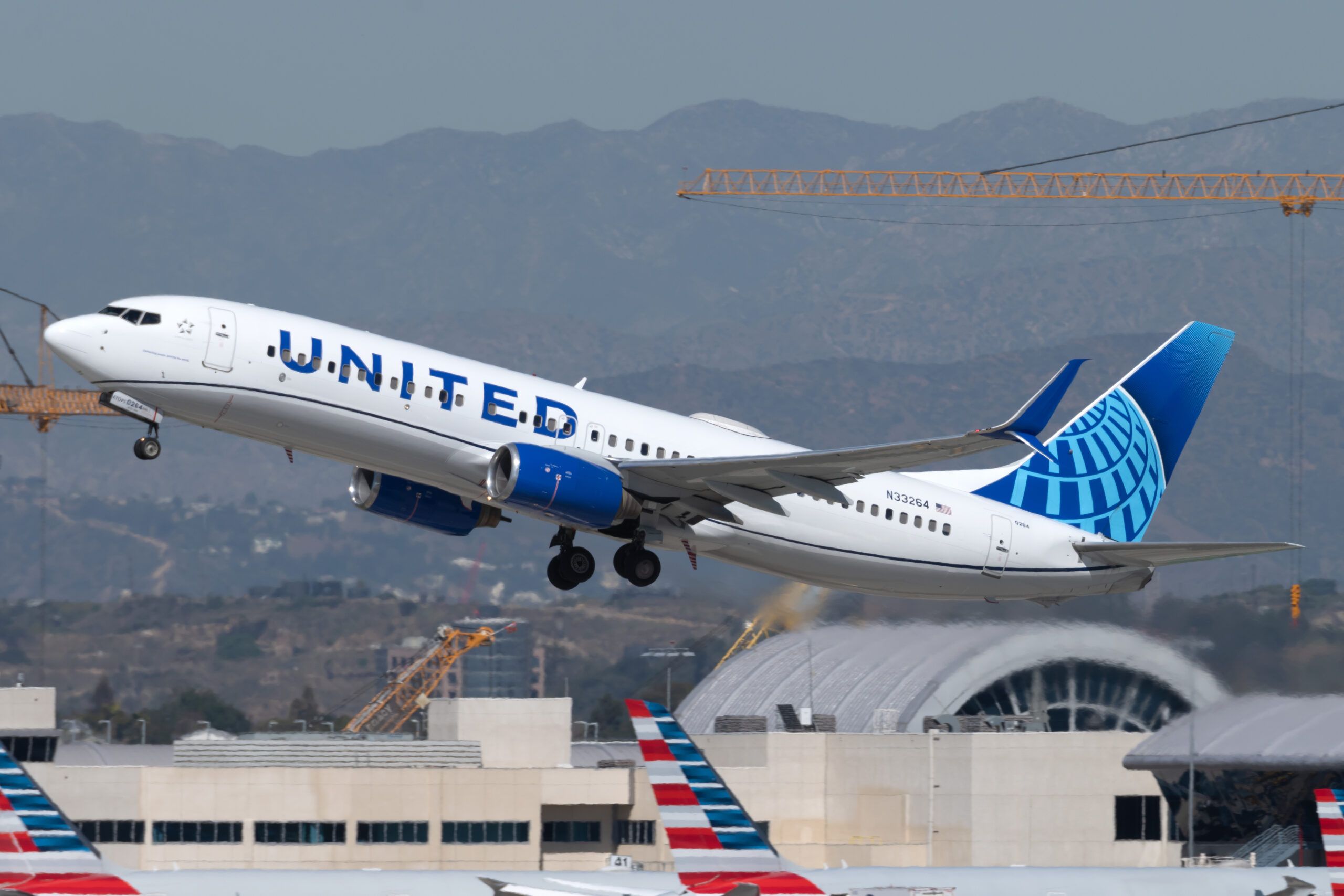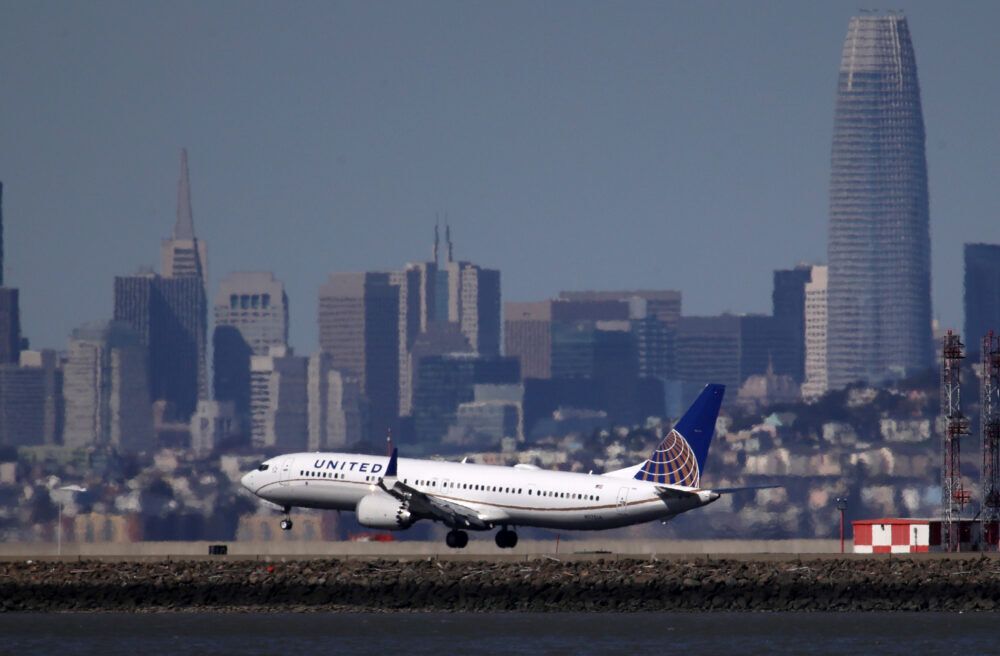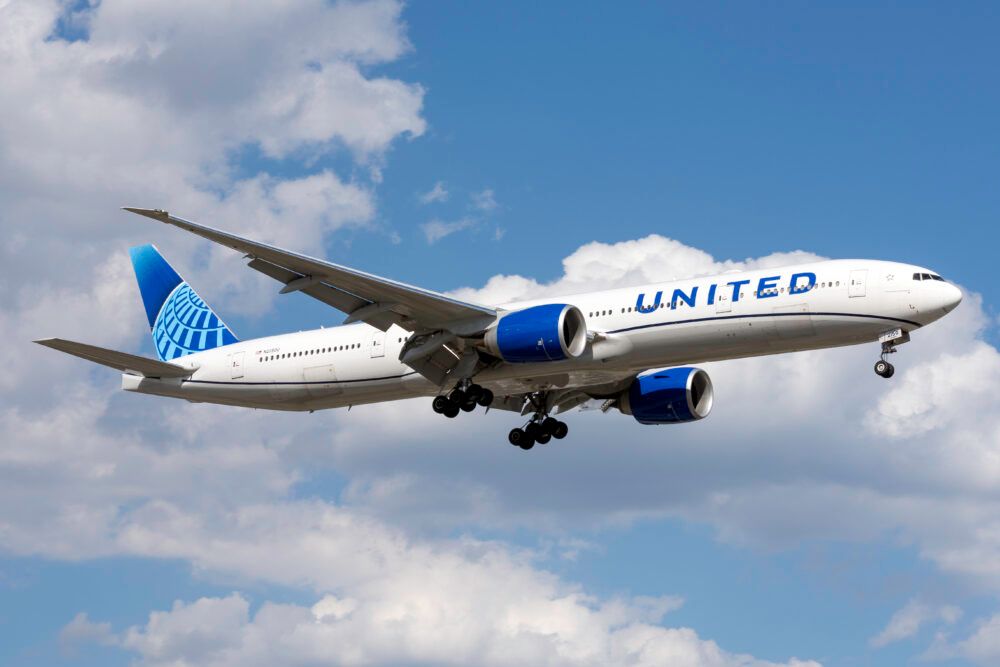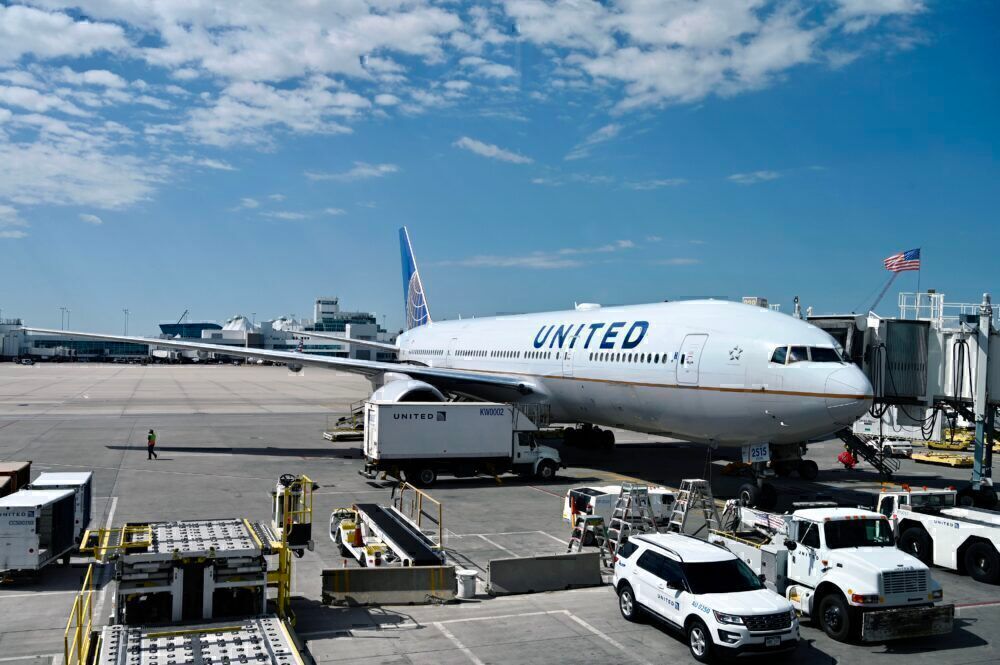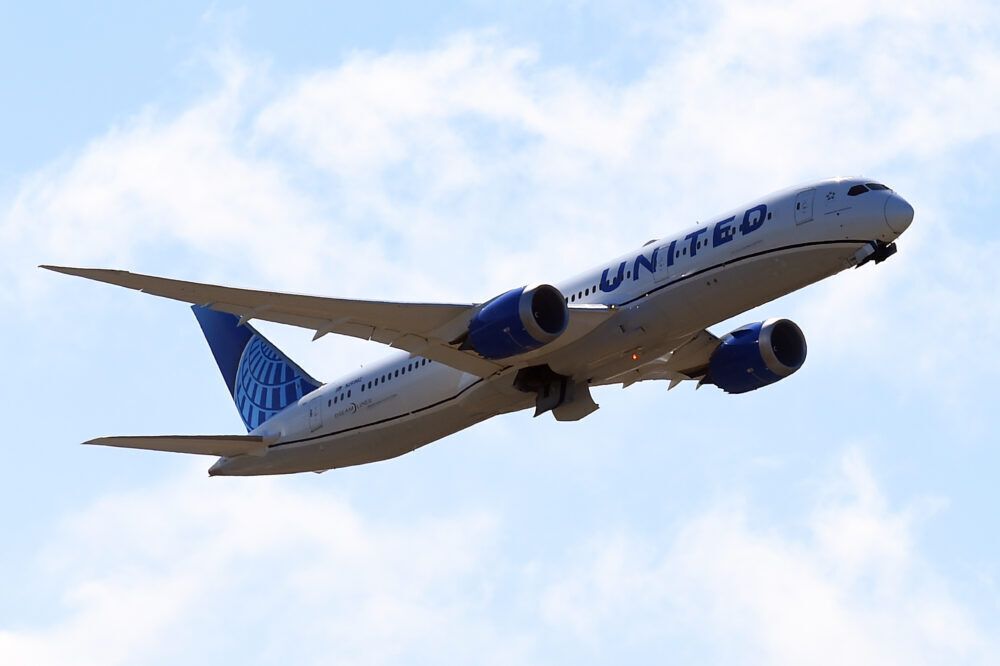United Airlines has recorded a slim net loss of $434 million for the second quarter of 2021. Significantly improved from the airline's second-quarter 2020 results, the airline can see profitability in sight, with high expectations for the third quarter of the year. By then, it expects to be profitable and reach new financial milestones that will help the airline come out of the crisis.
United's second-quarter results
United Airlines revealed a narrow $434 million net loss for the second quarter of 2021. This was down from the roughly $1.6 billion it lost in the same quarter last year.
The net loss came on second-quarter operating revenues of $5.5 billion. This was down 52% from the same quarter in 2019. Total revenue per available seat mile (TRASM), an important metric of revenue, was down 11.3% compared to the second quarter of 2019.
Operating expenses for the quarter were down 42% from the second quarter of 2019. Excluding special charges, the airline's operating expenses compared to the second quarter of 2019 were down 32%.
Another important position, financially, is United's Earnings Before Interest, Taxes, Depreciation, and Amortization (EBITDA) margin, which was -10.7%, indicating a loss.
Liquidity has been especially important during the crisis. United Airlines ended the second quarter with $23 billion in available liquidity. One of the key financing transactions the airline made was raising secured financing collateralized by "substantially all" of United's network of slots, routes, and gates in the form of a $4 billion in a private bond offering, a $5 billion term loan, and a $1.75 billion revolving credit facility.
United expects a significant improvement in the third quarter
A few weeks into the third quarter, United Airlines has a positive outlook on a number of metrics. The first is capacity. In the second quarter, United's flown capacity was down 46% compared to the second quarter of 2019. In the third, it expects capacity to be down only around 36% compared to the third quarter of 2019. This is a 39% increase in the third quarter of 2021 versus the second quarter of 2021.
While it is increasing capacity, it also expects to hit other positive financial metrics. For example, it expects third-quarter TRASM growth to be positive compared to the third quarter of 2019. If it comes true, it will be the first quarter of positive TRASM growth since the second quarter of 2019.
Meanwhile, looking at cost per available seat mile (CASM), the airline expects it to be up approximately 17% from the same quarter of 2019. This important metric of unit costs is higher because United faces some large headwinds. This includes flying a lower network gauge and the temporary grounding of 52 Boeing Pratt & Whitney Boeing 777 aircraft.
With some high, fixed costs like maintenance and lease payments, there is less capacity over which to distribute those costs, leading to higher CASM. As 2022 rolls around, it expects CASM, excluding fuel, profit sharing, third-party business expenses, and special charges, to be lower than 2019.
Nevertheless, the biggest metric to look out for in the third quarter is United's final financial results. It expects to hit a positive pre-tax income in the quarter – the first since the fourth quarter of 2019.
Stay informed: Sign up for our daily and weekly aviation news digests.
A strong second quarter
Just before the end of the second quarter, United Airlines placed an order for 270 brand new Boeing and Airbus aircraft. This is the largest combined order in United's history. Simultaneously, United revealed plans to retrofit all of its mainline narrowbody aircraft with a new signature interior. This will help customers access more premium seats per departure, larger overhead bins, seatback entertainment, and WiFi.
It also invested in some new technology. This includes both Boom supersonic aircraft and electric turboprops. Come 2031, the airline could have one very interesting-looking fleet.
All of this has come as United Airlines continues to work its way out of the crisis. The airline has more long-haul international exposure in markets that are currently closed for foreigners. This includes Australia, China, and Singapore.
Nevertheless, United Airlines switched gears, boosted flights to domestic destinations that passengers wanted to visit, flew higher gauge aircraft, and grew its international long-haul schedule following reopenings. The carrier added new flying to Croatia, Greece, Iceland, Ghana, South Africa, and Hawaii in the second quarter. In addition, it resumed 33 domestic routes and 14 international routes.
However, there is still some room to grow. One of its competitors, Delta, turned a small profit in the second quarter, and American Airlines has indicated it could turn a profit or a narrow net loss.
When will United see a full recovery?
United Airlines states that it expects to see a full recovery in demand by 2023. The airline saw international long-haul and business travel return faster than anticipated. Coupled with yield improvement, the airline saw significant improvement in the second quarter and expects more businesses to return by the end of summer and into 2022.
United has already shown it has some pricing power. The carrier is seeing improving loads and now expects a significant recovery in TRASM in the third quarter. As more long-haul flying comes back, the airline should see improvements in its CASM and overall operating revenue. This will then put the airline in a good position for future domestic and international growth.
What do you make of United's second-quarter financial results? Let us know in the comments!

